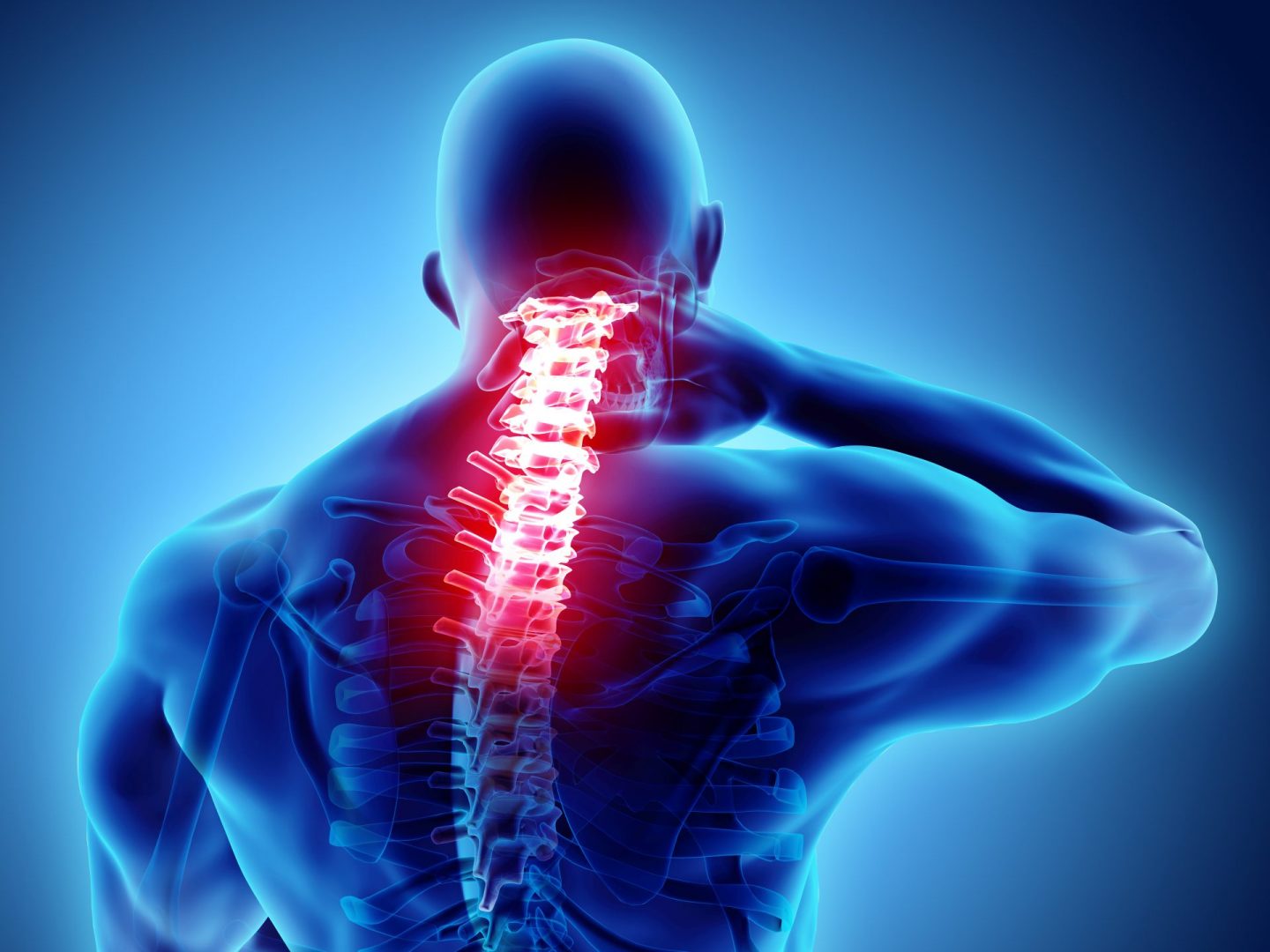
02 Aug Cervical Radiculopathy: A Real Pain in the Neck
We doctors love to use complex medical terms instead of everyday English. The thing is, we know what we’re talking about. You might not. Take the common condition known as cervical radiculopathy. Do you know what it is? If you’ve been to Lone Star Pain Medicine before, perhaps you have dealt with it yourself. ‘Cervical radiculopathy’ is just a fancy phrase to describe a pinched nerve. The ‘cervical’ portion of the term designates where the condition is found: in the cervical spine. Nerves in the lumbar spine can be pinched as well, but this is known by a different term.
The good news about cervical radiculopathy is that it is very treatable. Significant pain relief is available through a range of treatments including cervical epidural steroid injections, facet joint injections, medial branch blocks, and others.
The Spine and Nerves
The spine is divided into several sections. That section from the base of the skull down to the shoulders is known as the cervical spine. It consists of seven vertebrae along with the discs that act as cushioning between them. Nerves run alongside the vertebrae as they travel out from the brain, down to the base of the skull, and along the length of the neck and back.
As the nerves and vertebrae are sharing such a small space, there is a delicate balance between them. All it takes is for one vertebrae or disc to press on a nerve root and you have problems. This is exactly what happens in cervical radiculopathy cases.
Cervical Radiculopathy Causes
The vast majority of cervical radiculopathy cases are caused by either an injury or a degenerative change. When the cause is an injury, the injury can be inflicted on virtually any part of the spine. Normally, it’s a herniate or ruptured disc we’re dealing with.
Discs provide cushioning between the individual vertebrae. They are designed to be flexible in order to accommodate turning, twisting, etc. But if a disk is stressed beyond its normal ability, it may herniate or rupture. Some of the disc material ends up protruding out from the vertebrae. As you can imagine, this condition increases the chances of disc material pressing on a nerve root.
When cervical radiculopathy is caused by degenerative change, pain doctors look for things like cervical stenosis and arthritis. Anything that could cause structural changes in bone or spinal tissue is a candidate for causing pain.
While most causes of cervical radiculopathy are either degenerative or injury related, the condition can be caused by spinal infections, tumors, and seemingly unrelated inflammatory diseases.
Diagnosing Cervical Radiculopathy
Before recommending a procedure like facet joint injections or medial branch blocks, Lone Star Pain Medicine doctors want to be sure what we are dealing with. We ask about symptoms relating to your neck, shoulder, and arm pain. We ask about numbness and tingling in the extremities and a noticeable loss of coordination or muscle weakness. All of the signs point to a pinched nerve.
We can generally confirm a diagnosis with diagnostic imaging. X-rays give us a good look at the bones while CT scans and MRIs can give us a better glimpse at your entire cervical spine. Should imaging confirm a diagnosis of cervical radiculopathy, we can recommend an appropriate treatment.
As pain doctors, we are also cervical specialists. Please feel free to make an appointment at our Weatherford, Texas clinic if you are suffering from pain that you think might be the result of a pinched nerve. Cervical radiculopathy is very treatable. The right treatment can relieve your pain and allow your body to heal itself.


No Comments